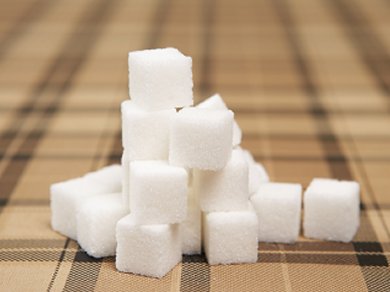Sugar molecules adopt chemically unusual shapes due to the anomeric effect, a stereoelectronic effect that influences the three-dimensional shapes of many biological molecules. The effect is usually attributed to the presence and influence of water or other substances surrounding the molecule.
Ben Davis and co-workers, Oxford University, UK, have isolated the sugar, D-galactose, from other substances by turning it into a gas. Using laser spectroscopy, the team showed that the anomeric effect is inherent to sugars: A peptide and α- or β-anomers of the sugar formed complexes that were nearly identical structurally in the solvent-free environment.
The exo-anomeric effect was shown to dominate the endo-anomeric effect. This implies that the influence of C2 substituents plays a greater role in the shape of sugars than previous thought, as they can alter the endo/exo ratio.
- Sensing the anomeric effect in a solvent-free environment
E. J. Cocinero, P. Çarçabal, T. D. Vaden, J. P. Simons, B. G. Davis,
Nature 2011, 469, 76–79.
DOI: 10.1038/nature09693 - Future Visions of Chemistry: Interview with Ben Davis




